Nasa asks you to try a planet hopping holiday with new travel posters
- Published
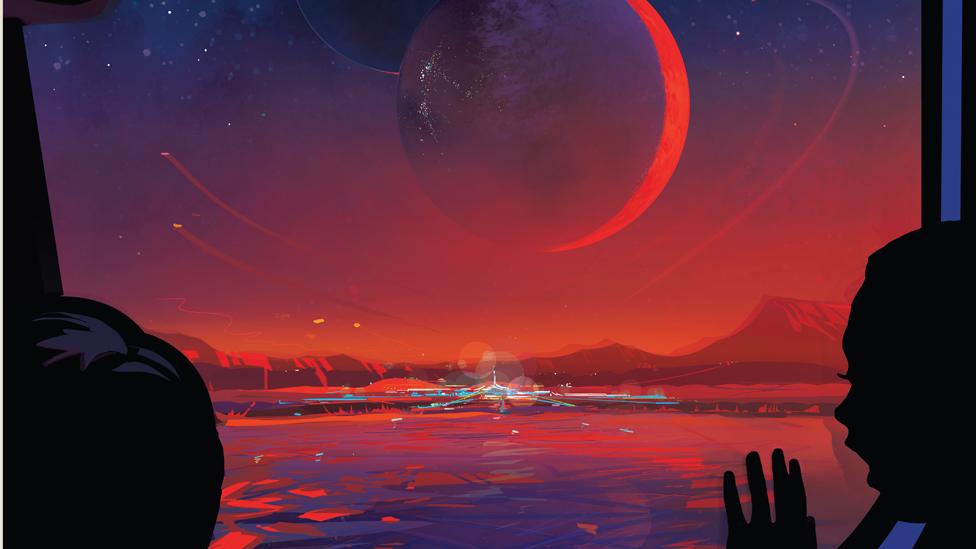
Nasa has released new travel posters advertising a planet-hopping holiday of a lifetime to see some newly discovered planets - and we really want to go.
They follow a major announcement about the discovery of a record seven Earth-size planets orbiting a nearby star.
One of the retro posters imagines a "heart stopping view" of the new Trappist 1e star.
So how long do we have to wait before we can visit the "best hab zone vacation within 12 parsecs of earth"?
The poster series also includes artistic impressions and infographics about the new planets, which are 40 light years away.
In its announcement on Wednesday, Nasa said they are believed to be rocky but some are in the habitable zone and may host water - and even extraterrestrial life.
Here's a video of what the Nasa announcement means., external
The main poster invites the public to "take a planet-hopping excursion through the Trappist-1 system", just 40 light-years from Earth.
The seven planets circle their sun so closely that they are likely to be seen as clearly as we see our moon.
Nasa's travel poster imagines them as "brilliant objects in a red sky, looming like larger and smaller versions of our own moon."
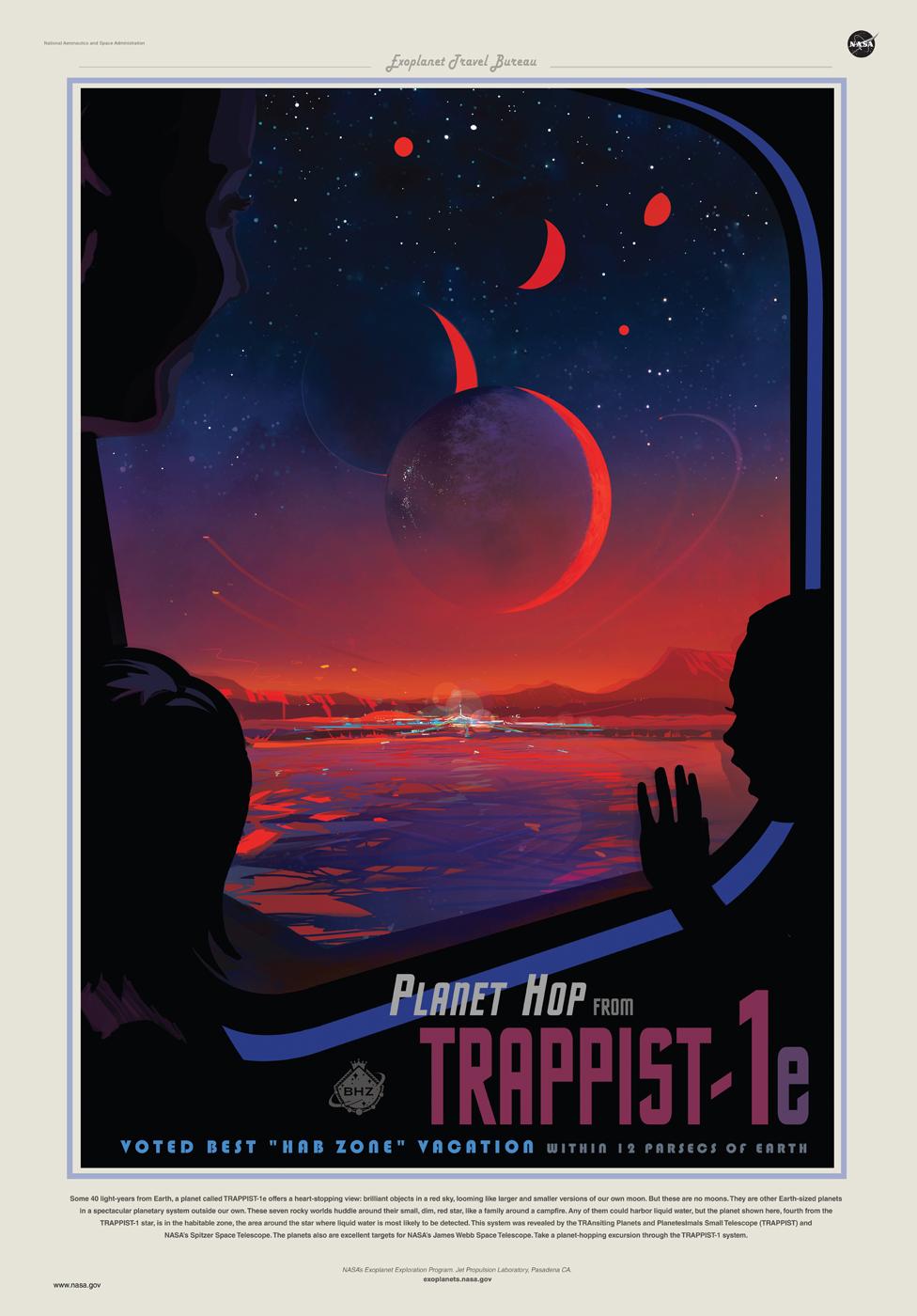
Scientists hailed the discovery as a major step towards finding out if there is life outside our own solar system.
More study of the atmosphere of these new planets needs to be done before determining if these rocky planets could support life. But the more planets like this that are discovered, the bigger the chances of finding one that's habitable.
Finding seven in one batch is a record - up to now, only two or three Earth-size planets had been spotted around a star
"The potential for more Earth-size planets in our Milky Way galaxy is mind-boggling," said Massachusetts Institute of Technology astrophysicist Sara Seager. "The history of planet-searching shows that when there's one, there's more."
The huge impact of the discovery was the inspiration for artist Amanda J Smith's artistic interpretations of the new solar system.
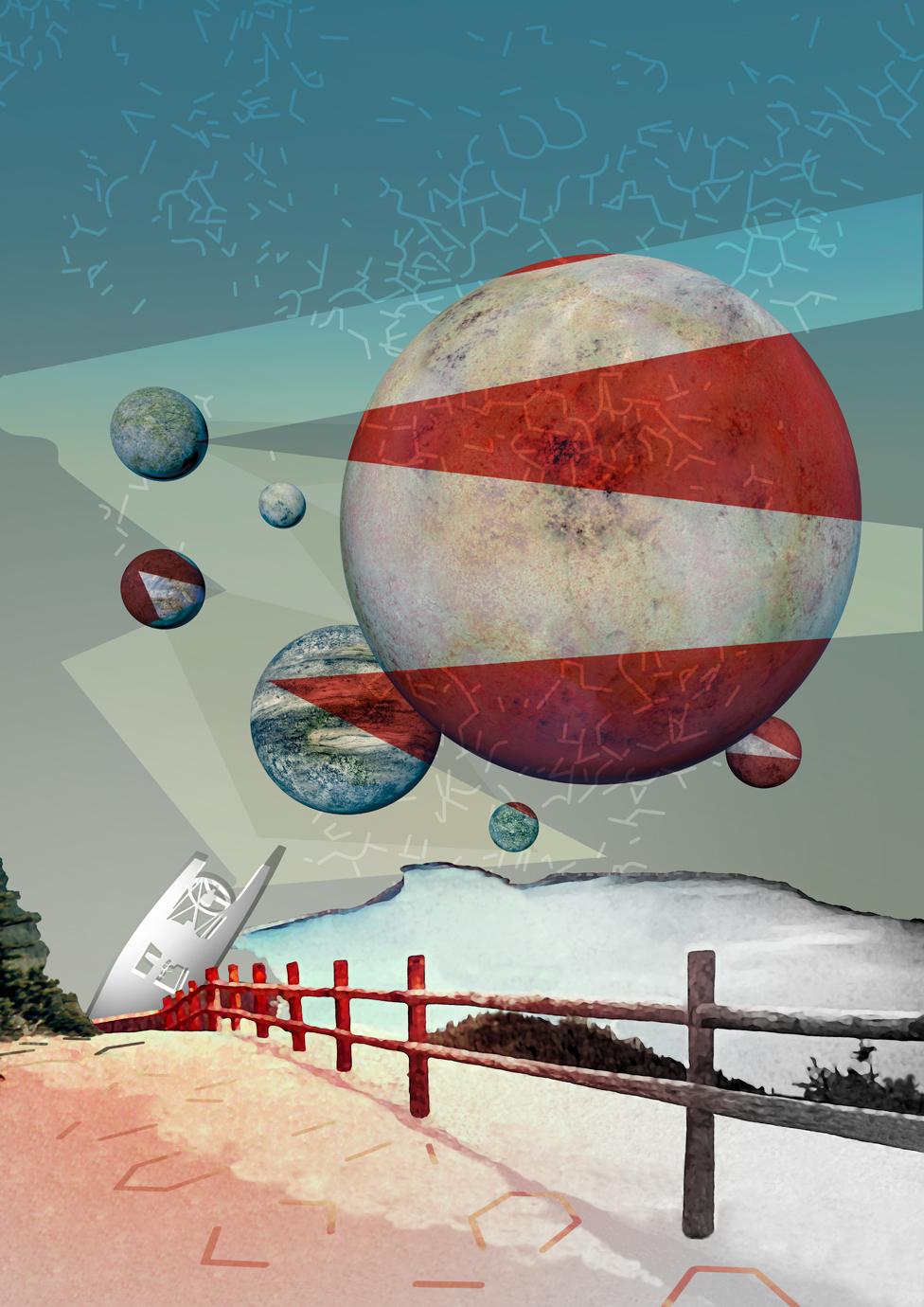
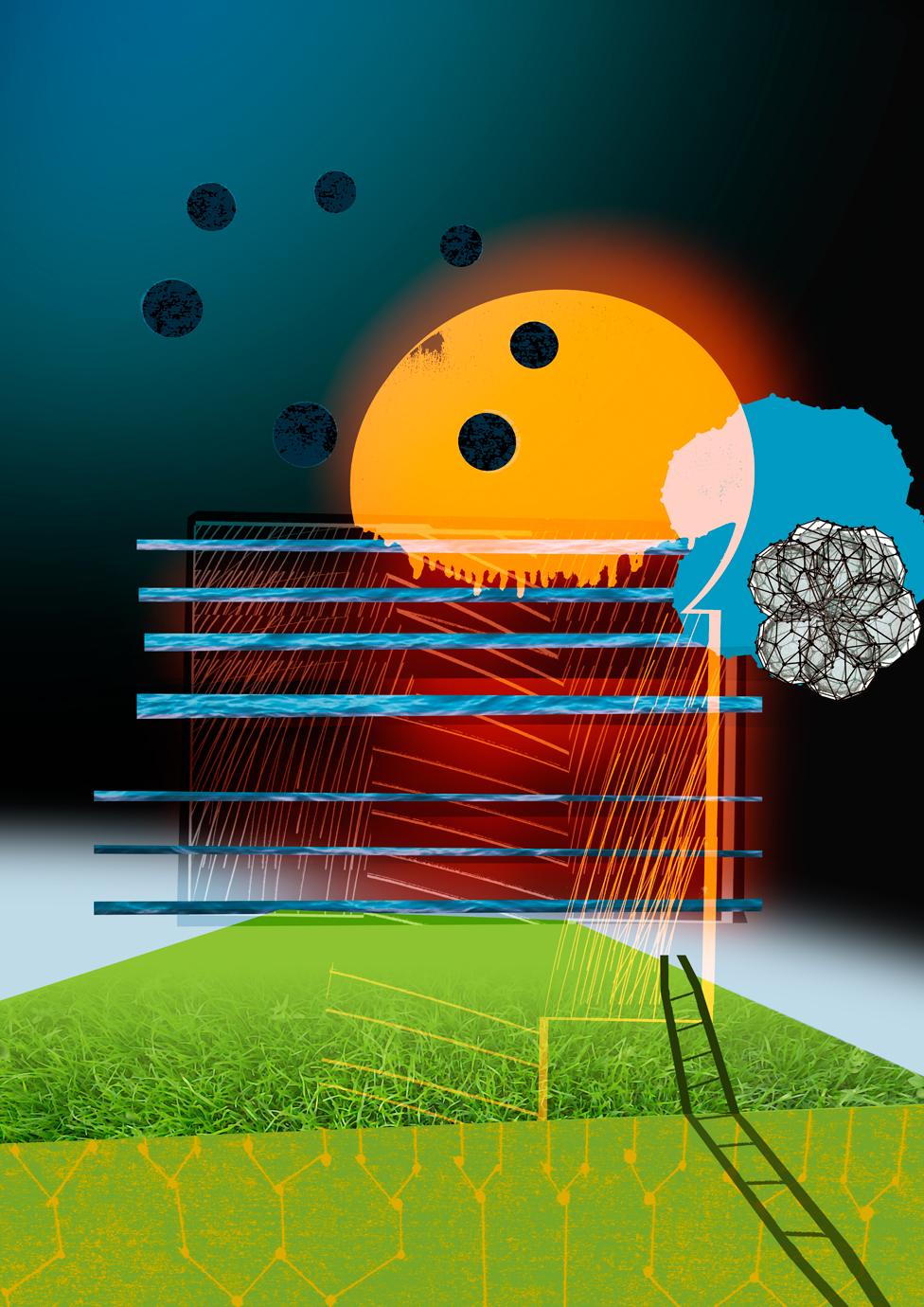
Nasa also released some vintage infographics explaining how the size of the new solar system.
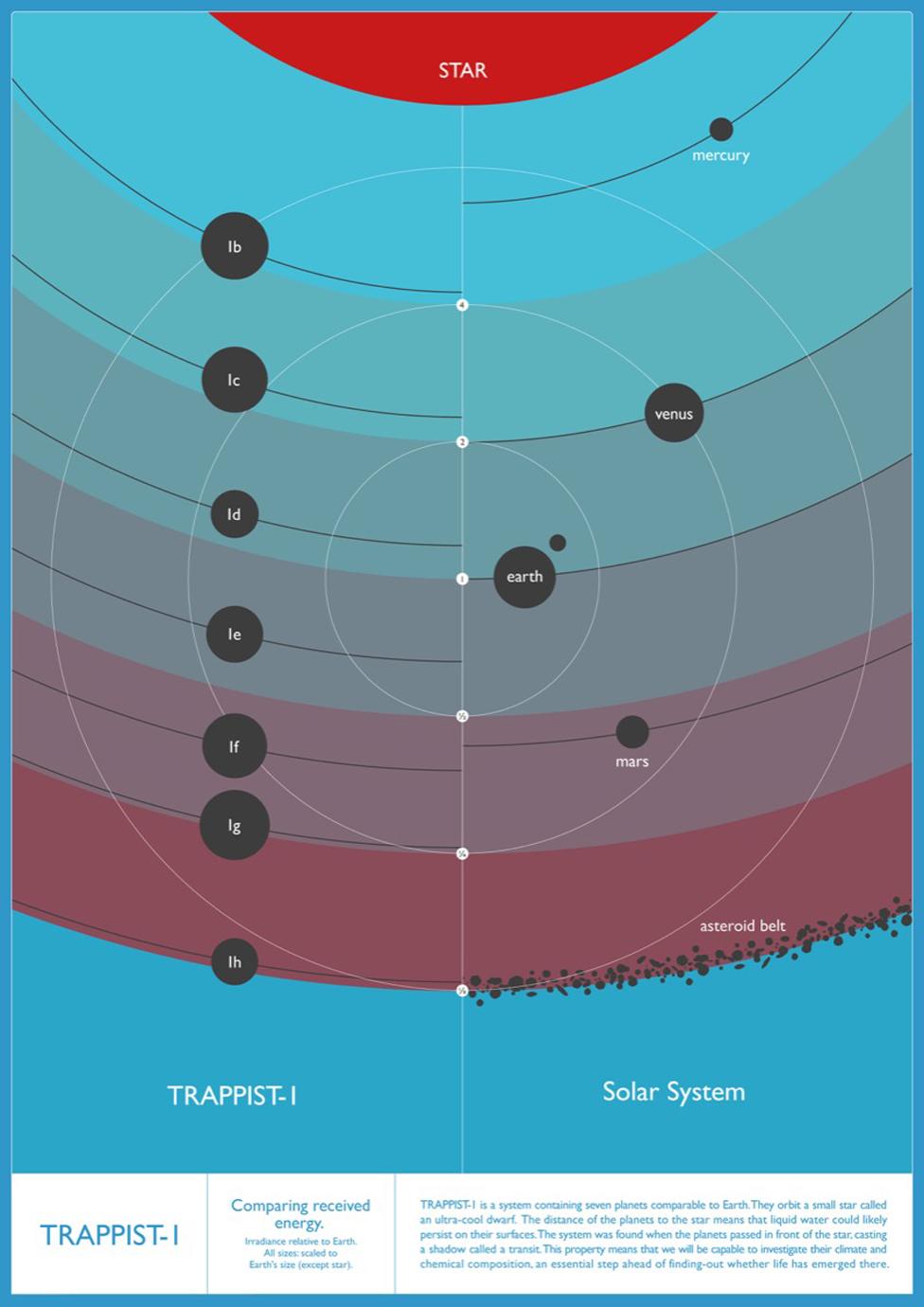
Anyone else saving up for a visit to the red skies of Trappist-1e?
Find us on Instagram at BBCNewsbeat, external and follow us on Snapchat, search for bbc_newsbeat, external